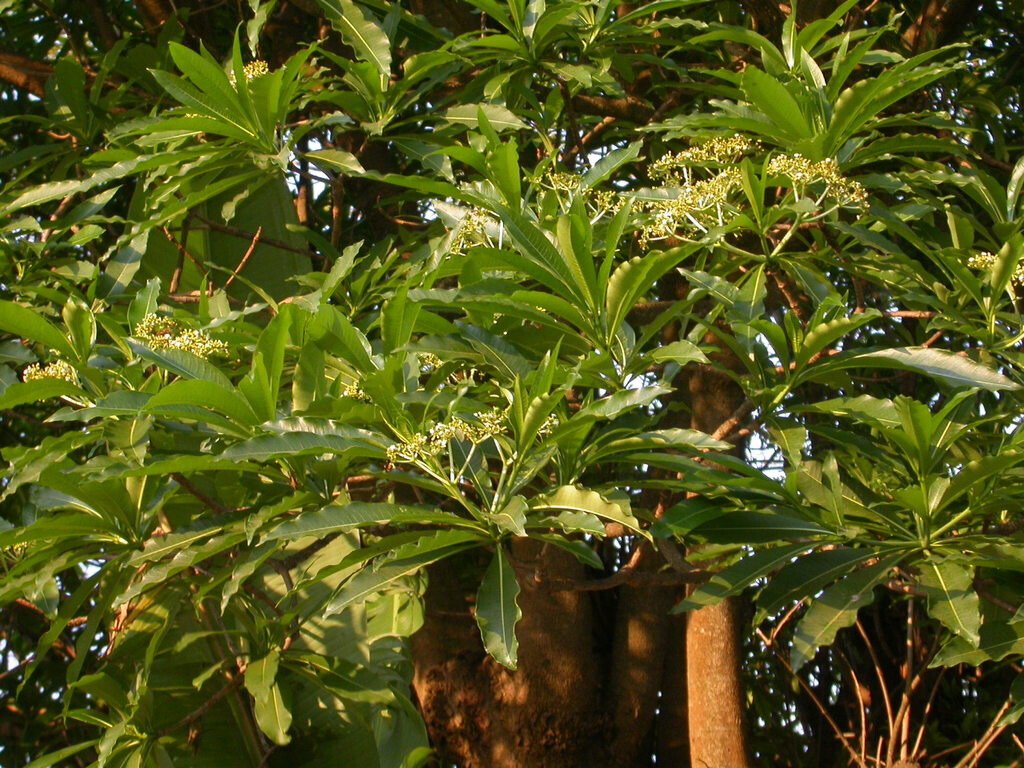
Quinine Tree and Planting: Harnessing Nature’s Healing Power
The quinine tree, scientifically known as Cinchona, is a botanical marvel that has long captured the attention of plant enthusiasts, herbalists, and scientists alike. With its rich history, unique properties, and potential health benefits, the quinine tree stands as a testament to the incredible diversity and power of nature. In this article, we will explore the captivating world of the quinine tree, from its origins and cultivation to its potential role in holistic well-being.
Table of Contents
Quinine Tree and Planting
- Introduction to the Quinine Tree
- Historical Significance and Medicinal Legacy
- Unveiling the Quinine Tree’s Characteristics
- The Art of Planting and Cultivating Quinine Trees
- Nurturing Soil and Climate Requirements
- Propagation Techniques: Seeds, Cuttings, and Grafting
- Quinine’s Bitter Elixir: Exploring Its Compounds
- Quinine’s Role in Traditional Medicine
- Modern Research and Health Potential
- Embracing Quinine for Sustainable Practices
- The Fascinating Connection Between Quinine and Malaria
- Harvesting and Utilizing Quinine Bark
- Exploring Culinary Uses of Quinine
- Conclusion: A Botanical Treasure Awaits
Introduction to the Quinine Tree
Quinine Tree and Planting, native to the Andes region of South America, is a tree of wonder with a legacy dating back centuries. Renowned for its bark’s medicinal properties, the quinine tree has left an indelible mark on human history, offering both healing and sustenance.
Historical Significance and Medicinal Legacy
Throughout history, indigenous cultures in South America harnessed the power of quinine to treat fevers and ailments. Its potent anti-malarial properties earned it a place in early Western medicine, where it was used to combat the deadly scourge of malaria.
Unveiling the Quinine Tree’s Characteristics
Standing tall with glossy leaves and delicate, fragrant flowers, the quinine tree is a sight to behold. Its distinctive features, including the bark’s bitterness, hint at the remarkable compounds hidden within.
The Art of Planting and Cultivating Quinine Trees
Bringing the quinine tree’s magic to your own garden requires careful planning and nurturing. Understanding its growth requirements and propagation techniques is key to successful cultivation.
Nurturing Soil and Climate Requirements
Quinine trees thrive in subtropical climates with well-drained soil. Ensuring adequate sunlight and protection from harsh elements will contribute to their healthy growth.
Propagation Techniques: Seeds, Cuttings, and Grafting
Explore various propagation methods to multiply your quinine tree population. Whether through seeds, cuttings, or grafting, each technique has its unique advantages.
Quinine’s Bitter Elixir: Exploring Its Compounds
Delve into the intricate world of quinine’s chemical composition. The bark contains quinoline alkaloids, which not only contribute to its bitterness but also hold potential therapeutic value.
Quinine’s Role in Traditional Medicine
Traditional healers have long revered quinine for its fever-reducing and anti-inflammatory properties. Uncover the traditional uses and wisdom surrounding this botanical treasure.
Modern Research and Health Potential
Contemporary studies have illuminated the diverse health benefits of quinine, from muscle cramp relief to potential anti-cancer properties. Science continues to unveil the secrets locked within its bark.
Embracing Quinine for Sustainable Practices
As society embraces sustainability, the quinine tree offers opportunities for agroforestry and biodiversity conservation. Its cultivation can contribute to both local ecosystems and global well-being.
The Fascinating Connection Between Quinine and Malaria
The historical use of quinine in treating malaria sheds light on its profound impact on public health. Explore the evolution of quinine’s role in combating this devastating disease.
Harvesting and Utilizing Quinine Bark
Harvesting quinine bark requires precision and care to ensure the tree’s health and longevity. Learn the art of ethical harvesting and responsible utilization.
Exploring Culinary Uses of Quinine
Beyond medicine, quinine’s unique bitterness has found its way into the culinary world. Discover how quinine-infused beverages and recipes have added depth and complexity to gastronomy.
Conclusion: A Botanical Treasure Awaits
In a world driven by modern medicine, the quinine tree remains a potent symbol of the healing power of nature. From its rich history to its potential contributions to holistic well-being, the quinine tree invites us to explore, appreciate, and harness the secrets it holds.
FAQs
Q1: Can I grow a quinine tree in my backyard?
Absolutely! If you live in a suitable climate, you can cultivate a quinine tree in your garden and enjoy its beauty and potential benefits.
Q2: Is quinine safe for consumption?
In moderate amounts, quinine is generally safe. However, excessive consumption can lead to adverse effects, so it’s important to exercise caution.
Q3: Can quinine really treat malaria?
Quinine’s historical use in treating malaria is well-documented, but modern medicine has developed more effective treatments. Consult a medical professional for malaria-related concerns.
Q4: How can I incorporate quinine into my cooking?
Quinine’s bitterness can enhance various dishes and beverages. Experiment with quinine-infused drinks or explore recipes that feature its unique flavor.
Q5: Is sustainable harvesting of quinine bark important?
Absolutely. Sustainable harvesting ensures the survival of quinine trees and the preservation of their valuable compounds for future generations.